Navigating the landscape of giving in 2022, the corporate sector experienced a notable 17.4% surge in donated amounts, while Mass Individual donors led the way with an impressive 21.9% increase in their giving value.
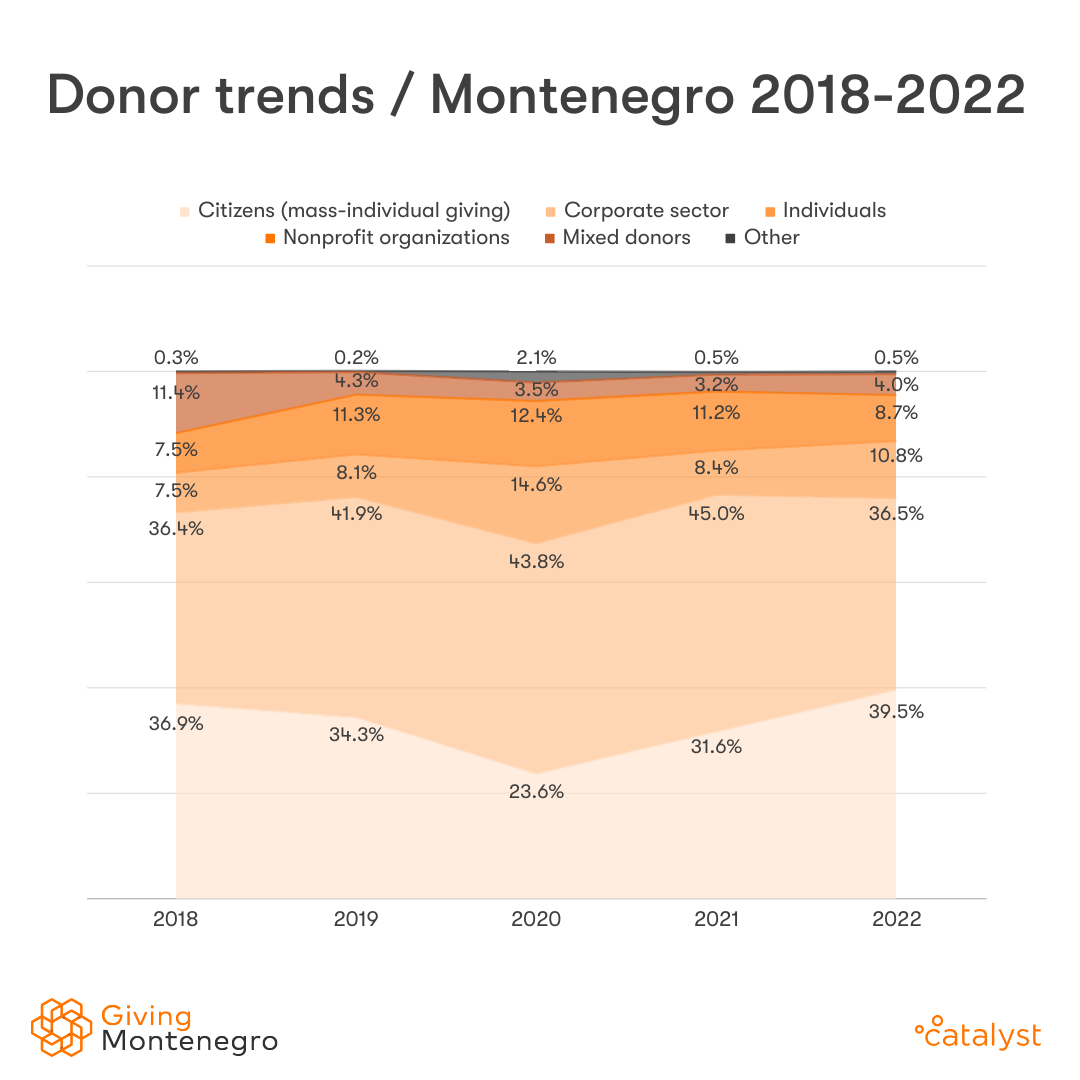
Graph 1: % of Instances of Giving disaggregated by Type of Donor – 2018 – 2022
On the flip side, individuals saw a decrease of 42.7% in their donated amounts. Nonprofits remained steadfast, contributing consistently to the common good.
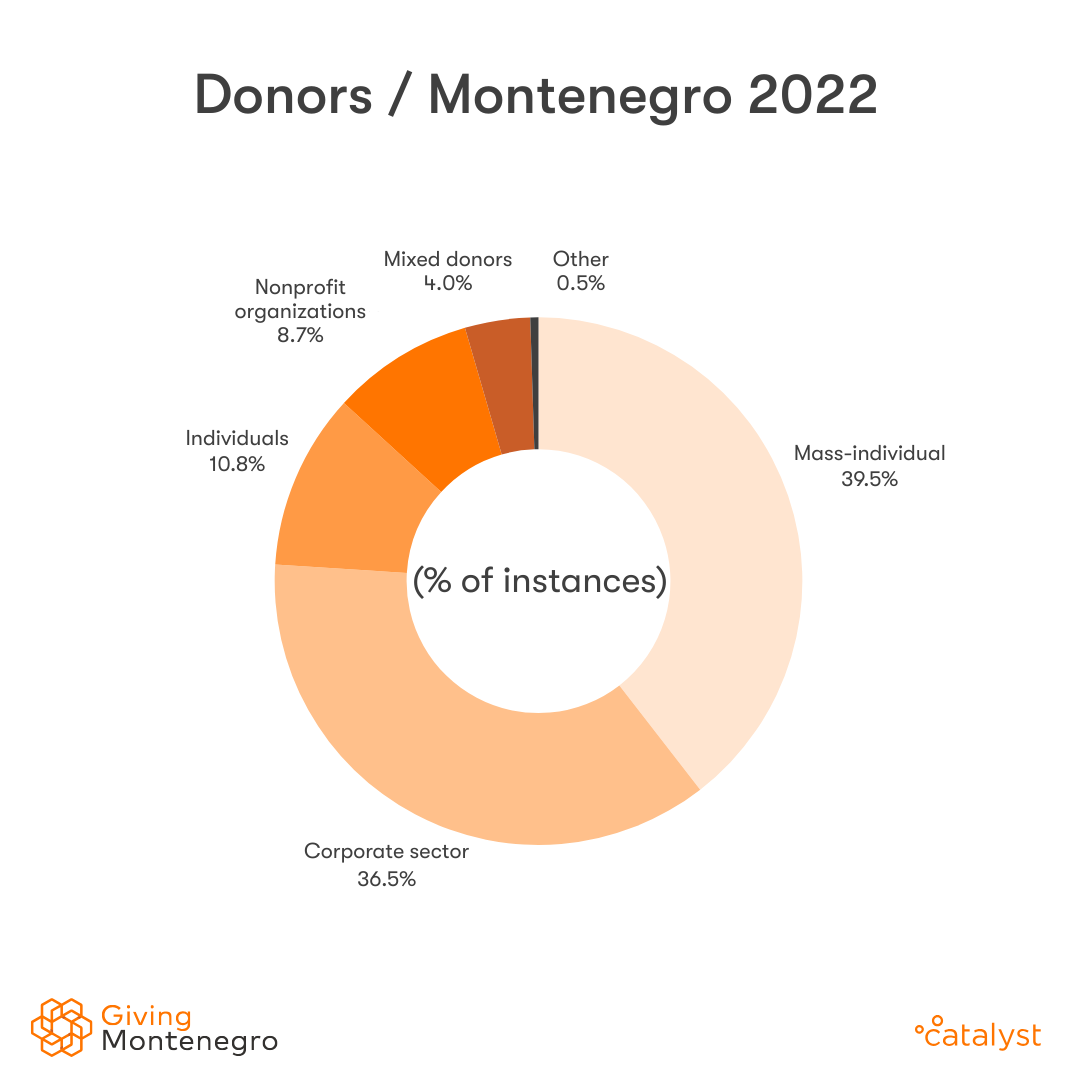
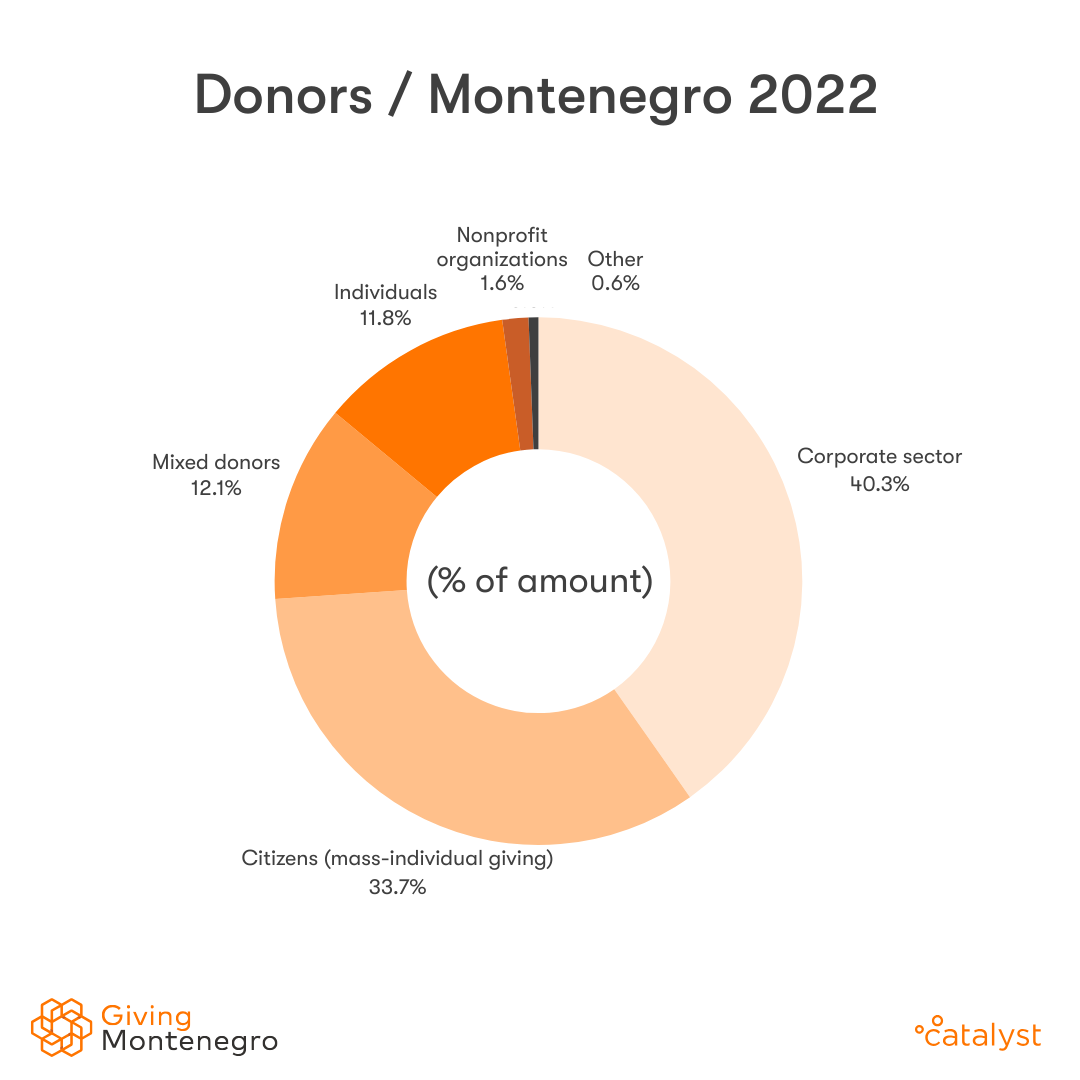
Graph 2: Structure of Type of Donor in 2022
Citizens' Role: A Surge in Mass Individual Giving
Citizens through mass individual giving continued to be the most active donor type in 2022, maintaining their pivotal role from the preceding year and expressed a 7.8% increase in charitable actions compared to the previous year. The surge is even more pronounced in the total amount donated by citizens, witnessing a significant spike of 21.9% in 2022. Citizens predominantly supported healthcare in 2022 – more precisely, healthcare initiatives constituted 43.2% of all giving instances and an even more substantial 58.7% of the total donated sum, showcasing a collective commitment to addressing health-related challenges.
Giving by known individuals slightly increased in the frequency of actions but significantly dropped in the total amount donated, plummeting from 54.5% in 2021 to 11.8% in 2022. While this indicates a significant change at first glance, we need to keep in mind that in 2021 a single individual diaspora donation contributed with more than half of the total recorded amount in Montenegro (7 million euros).
While citizens most frequently donated to individuals and families, known individual donors recorded almost 45% of charitable instances directed to nonprofit organizations. Money-wise, almost equal shares of the recorded amount known individual donors donated to the nonprofits, and individuals and families. Citizens through mass individual giving allocated a bit less than 75% of the recorded amount to the nonprofits (fundraising campaigns for medical treatments).
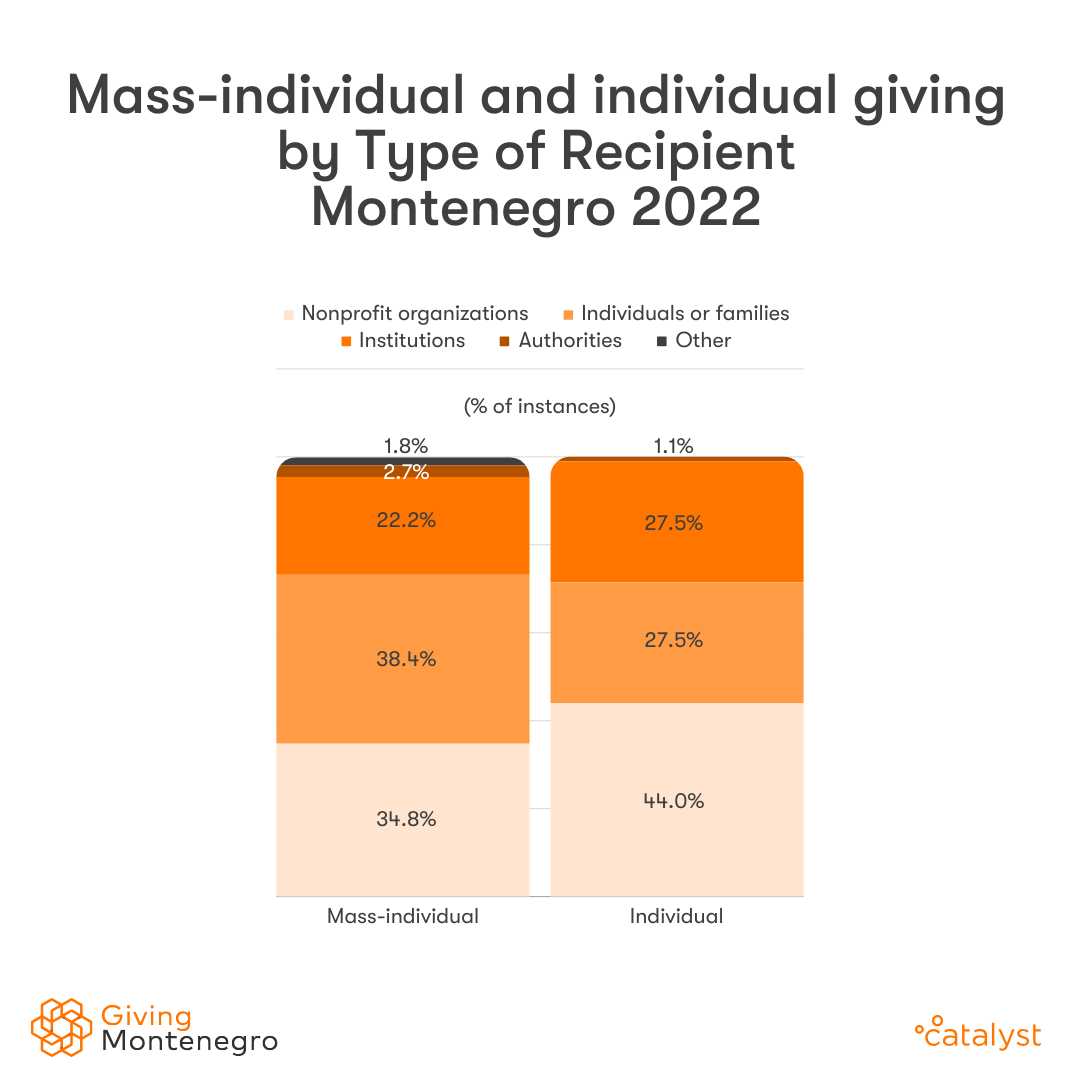
Graph 3: % of Instances of Individual Giving Disaggregated by Type of Recipient
Almost 80% of charitable instances coming from the citizens through mass individual giving were given in the one-off form. A significantly smaller share actually was used in a way that has a strategic intended effect. On the other hand, this division is more balanced when looking at giving from individuals – the strategic intended effect was present in a larger share of charitable instances, mostly for the equipment for health, education, and social institutions, and services.
Graph 4: % of Instances of Giving by Individuals Disaggregated by Intended Effect of Giving
Examples of Giving
Community Infrastructure Development
The community in Bijela came together, supported by fellow citizens, local businesses, and the government, to build a kilometre of the road leading to the Church of Saints Peter and Paul. The estimated 80,000 euros' worth of donations highlights the collaborative efforts for local infrastructure development.
Cultural Enrichment: Rotary Club Budva's Summer Party
Rotary Club Budva organized a Summer Party to raise 7,000 euros to purchase musical instruments for the Elementary Music School in Budva. The event exemplifies how community support can sustain cultural initiatives, enriching the local arts and education.
Support for Medical Treatments
The "Heart for Montenegro" (Srcem za Crnu Goru) campaign, in collaboration with the Be Humane (Budi Human) Foundation, Hemiias Foundation, and Hilal Humanitarian Fund, with support of the Humantity (Humanost, ima ljudi) Foundation, aimed to collect funds for children and adults battling serious illnesses, as well as socially endangered families. The campaign, with a total of 805,654 euros collected, emphasizes supporting health-related causes.
Corporate Sector: Balancing Act in Giving
Despite facing an 8.4% decline in support frequency, the corporate sector showcased resilience by witnessing a noteworthy 17.4% surge in the monetary value of giving in 2022 compared to the previous year. In sync with mass individual donors, the corporate sector demonstrated a strong commitment to healthcare, standing out as the most supported cause both in terms of frequency and total contributions. The increase is also recorded in education, both in terms of frequency and value, highlighting companies' dedication to supporting academic endeavours.
In the realm of corporate giving, state institutions and nonprofits took the lead as the most frequently supported recipients. When looking at the recipient entities, while the frequency of corporate support to state institutions experienced a slight decrease in 2022 (5.2%), there was a substantial 21% increase in the donated value, mainly to healthcare and educational institutions. In the last three years, support for nonprofits remained relatively consistent regarding donation frequency but saw a modest uptick (5.2%) in the total donated sum.
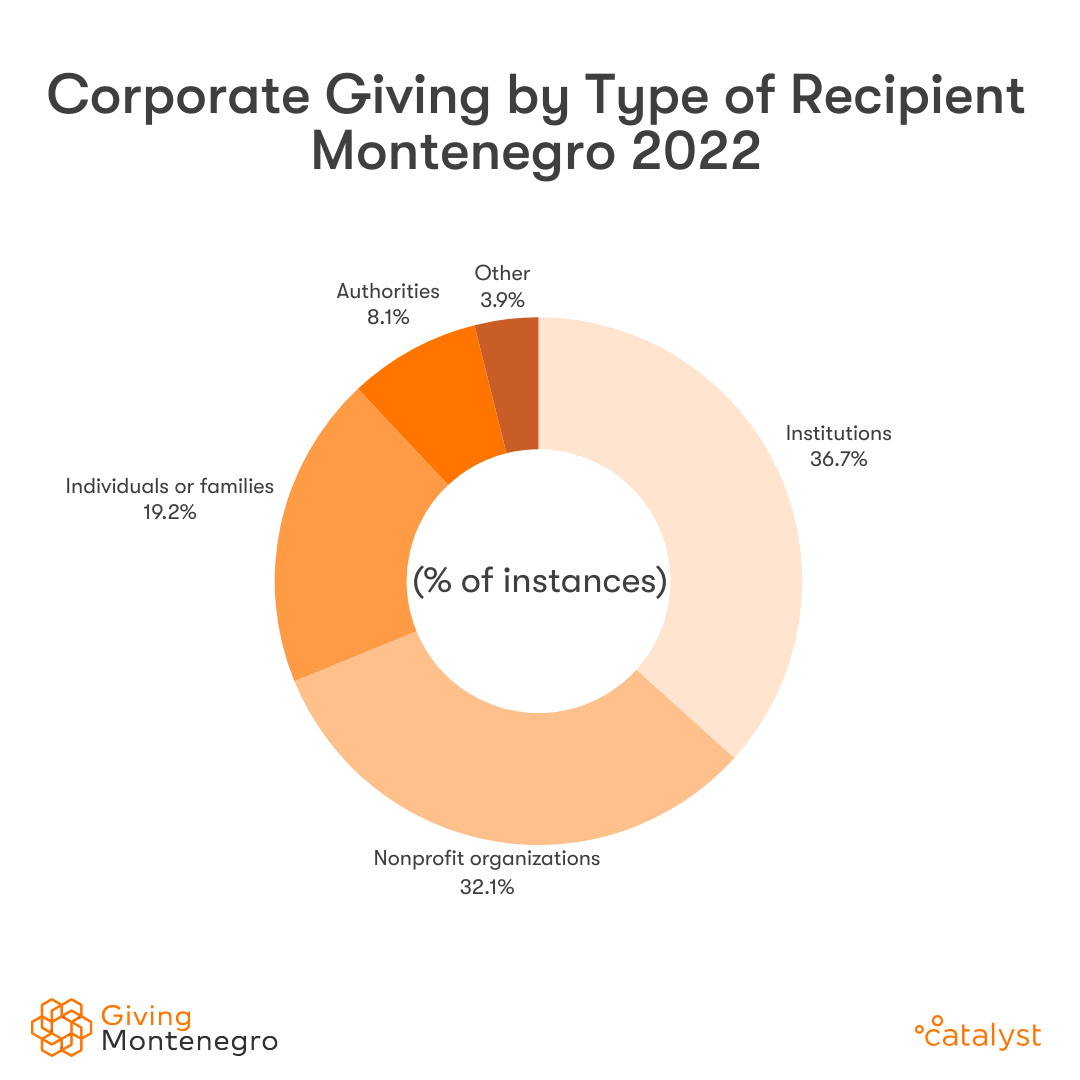
Graph 5: % of Instances of Corporate Giving Disaggregated by Type of Recipient
Both donation instances with short-term and strategic effects had a similar share of %, the value of long-term effect investments from companies and SMEs took almost 80% of the total recorded value that came from the corporate sector.
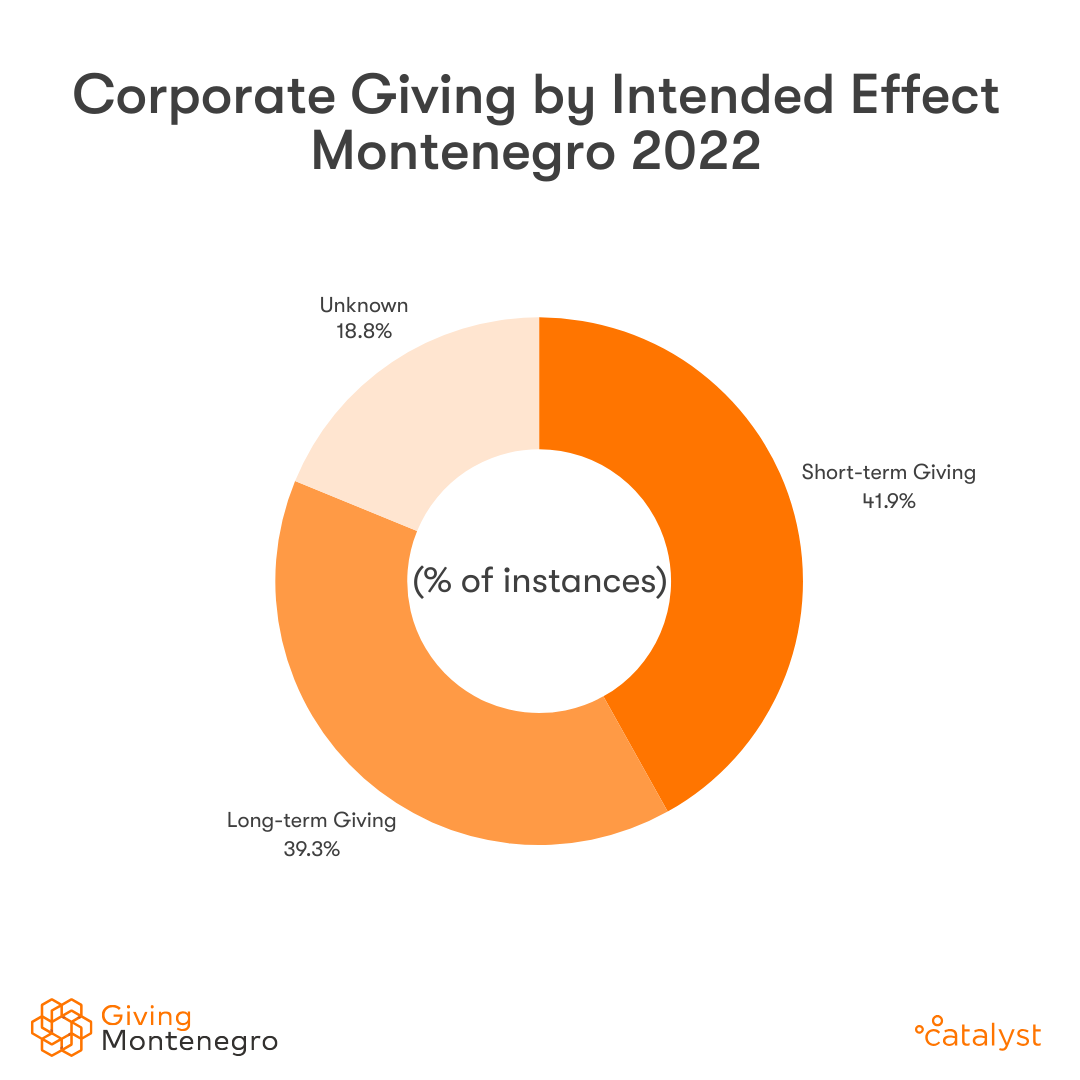
Graph 6: % of Instances of Corporate Giving Disaggregated by Intended Effect of Giving
Examples of Giving from the Corporate Sector
Supporting Education
Montenegro Telekom committed to an annual donation amount of 143,000 euros to Montenegro University until 2035, totaling 2.1 million euros. The funds aim to enhance education, data exchange, and communication through upgraded IT infrastructure across multiple faculties.
One doo contributed 20,000 euros to the Faculty of Electrical Engineering in Podgorica for hall renovation, supporting scientific research, and allocated an additional 10,000 euros for two student scholarships.
Improving Health Institutions and Citizens’ Safety
Glosarij donated a Siemens 4D ultrasound machine worth 31,000 euros to Kotor General Hospital for its gynecology department to improve the quality of health services and enable doctors to perform their work better.
Lovćen Osiguranje donated 500,000 euros to the Protection and Rescue Service in Pljevlja for equipment, which improves the operational capabilities of the Service, the personal safety of the rescuers, and thus the overall safety of the citizens of Pljevlja.
Investing in Culture
Universal Capital Bank AD Podgorica entered a four-year general sponsorship contract with Podgorica City Theatre, providing 25,000 euros annually for program development starting in 2019.
Recipients and Donation Effects of Giving from Diaspora
In 2022, the diaspora recorded 5.5% of the donation instances and 12.6% of the total donated value in Montenegro. The value significantly dropped compared to 2021, however last year an outlier of 7 million euros was recorded, which at that point represented more than half of the total annual recorded amount in the country.
Throughout the year, diaspora donors primarily contributed to healthcare (26.1% of instances and 66.5% of the total donated sum recorded for diaspora), along with donations to poverty relief and support for marginalized groups. In 2022, individuals and families, along with institutions, remained the main recipients of diaspora donations for the common good. Despite a 36.6% decrease in support to individuals or families compared to the previous year, they still constituted the primary recipient group in 2022. Conversely, support to institutions increased by 14.2% in 2022.

Graph 7: % of Instances of Diaspora Giving Disaggregated by Type of Recipient
Regarding the effects of giving, classified into long-term and short-term, a significant percentage in 2022 were short-term (observed in more than half of the instances and the donated sum).
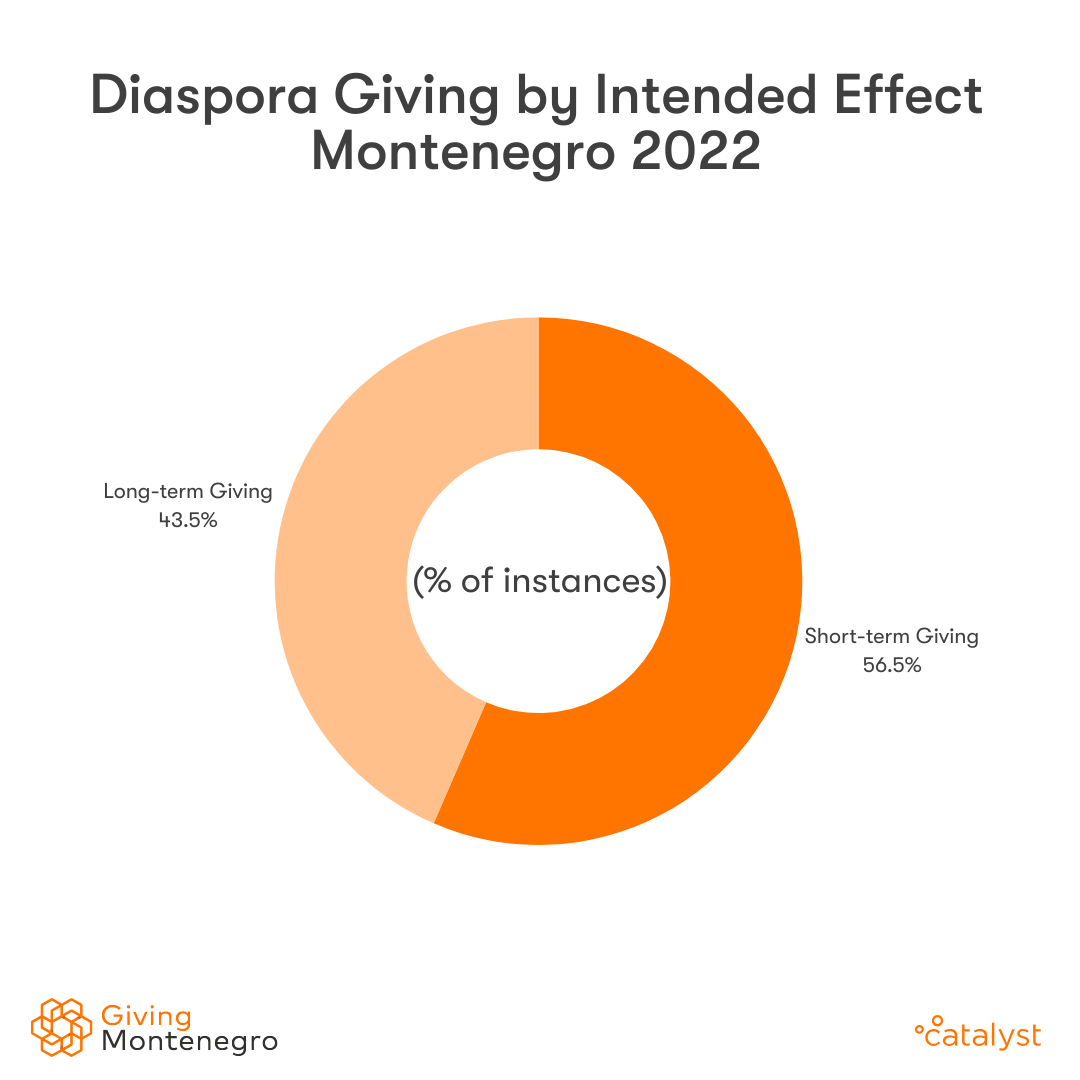
Graph 8: % of Instances of Diaspora Giving Disaggregated by Intended Effect of Giving
Examples of Diaspora Giving
Help in Medical Treatments
Esad Redžepović initiated a diaspora-led effort to fund the latest X-ray machine for Rožaje Health Center, raising 80,000 euros.
Dina and Ahmet Kurmemaj, through the Albanian-American Humanitarian Foundation Trojet Tona, donated 100,000 euros for blood sugar monitoring devices benefiting 73 individuals with diabetes in Ulcinj, Bar, Plav, and Gusinje.
A donor's night in Bijelo Polje gathered 300,000 euros for the Hilal humanitarian center. The Brčvak family's significant donation of 70,000 euros was divided between the center and the maternity ward of the Bijelo Polje General Hospital.
CSO Izvor života highlighted the need for 22,000 euros in medical treatments for 5-year-old Rejhan Uković from Bar, diagnosed with autism. A Montenegrin family in Berlin generously covered the total treatment costs. The additional funds collected will support the Uković family's living expenses, addressing their financial challenges due to poverty and lack of steady income.
Supporting People in Need
Montenegrin humanist Blažo Sredanović, residing in the USA, contributed 100,000 euros to Cetinje's Capital, supporting 20 families in social need.
The Annual report Giving Montenegro 2022 was supported by the C. S. Mott Foundation and the Rockefeller Brothers Fund. The views expressed on this web page do not necessarily reflect the views of the C. S. Mott Foundation and the Rockefeller Brothers Fund and their partners.



Leave a comment